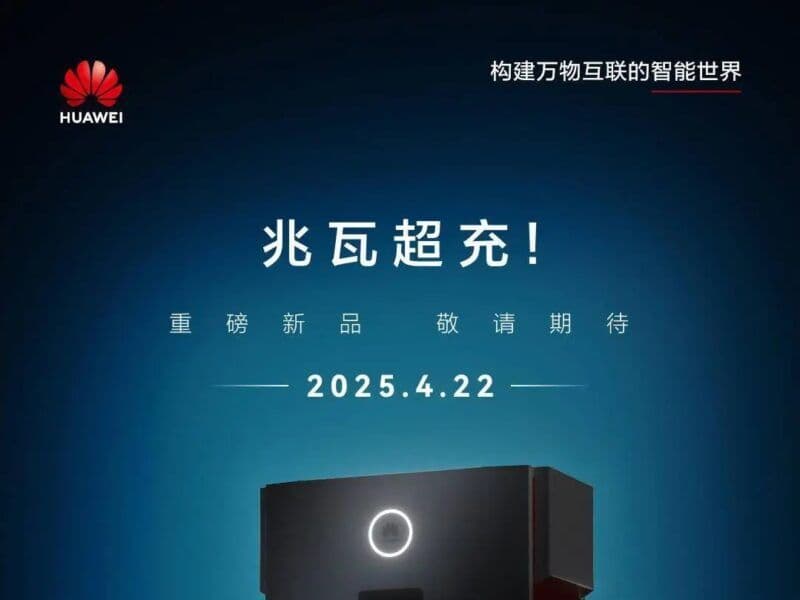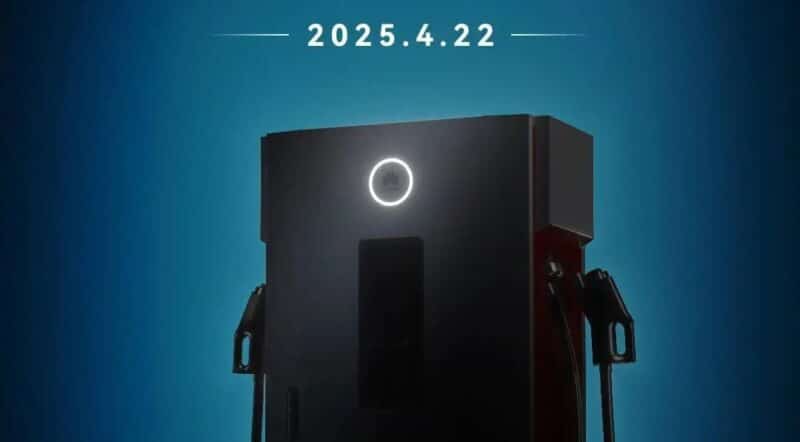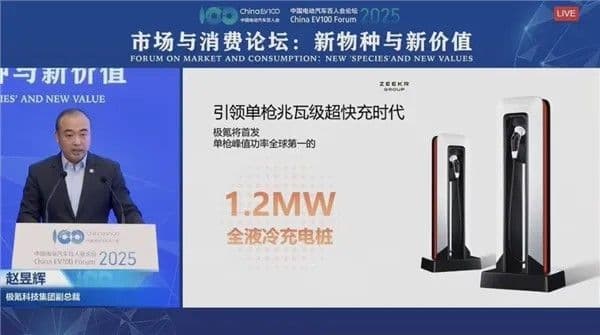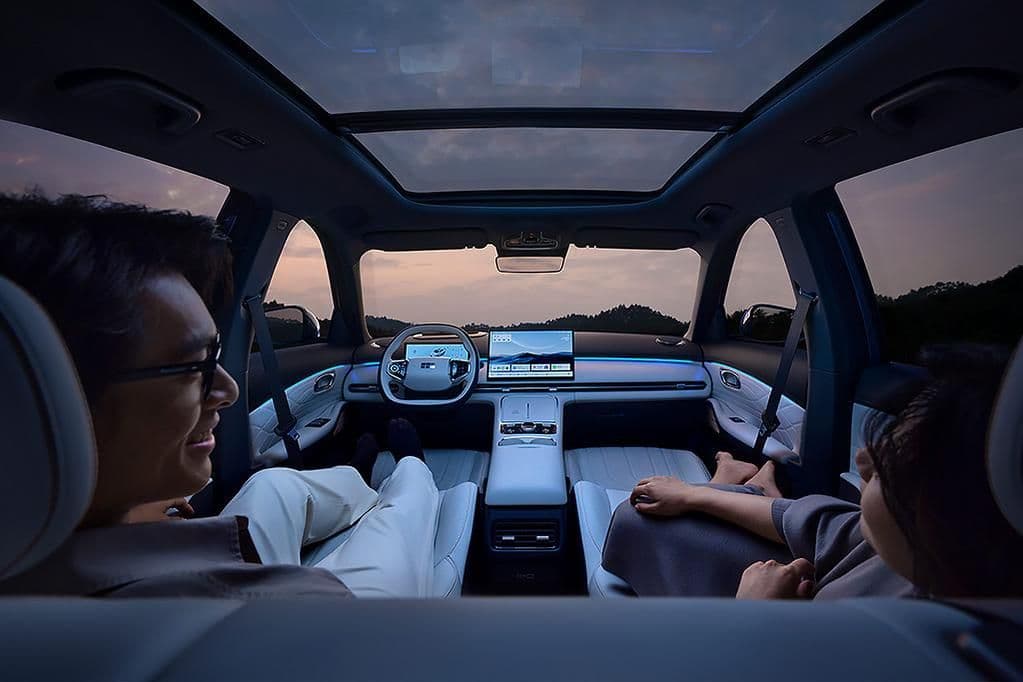The race for ultra-fast EV charging is heating up, with technology giants, Huawei and Zeekr, announcing major break throughs. Both companies have announced next-generation superchargers that redefine charging speed, setting new benchmarks for the EV industry. With Australia’s growing adoption of electric vehicles, these innovations could offer a glimpse into the future of ultra-fast charging solutions Down Under.
▶️MORE: BYD Launching 1,000 kW Ultra-Fast Chargers in April
Huawei’s 1.5 MW Supercharger: A Game-Changer for Heavy-Duty EVs
Huawei is set to officially unveil its megawatt-level supercharger on April 22, marking its entry into the high-powered charging space alongside BYD, Didi, and Zeekr. The charger boasts a staggering 1.5 MW peak output with a maximum charging current of 2,400 A—enough to deliver 20 kWh per minute and fully charge an EV in just 15 minutes.
▶️MORE: What BYD electric cars are coming to Australia in 2025?

While most high-speed chargers target passenger EVs, Huawei is specifically designing this technology for heavy-duty trucks. According to Hou Jinlong, President of Huawei Digital Energy, reducing charging times below 30 minutes is critical for fully electrifying commercial trucking fleets.
▶️EXPLORE:EV Charging Calculator
Huawei has also been exploring autonomous charging solutions. A recent video showcased an unmanned robotic charging arm mounted on its 600 kW charger. In the demonstration, a Maextro S800 sedan autonomously parked next to the charger, and the robotic arm connected the charging cable without human intervention. This futuristic tech could redefine hands-free EV charging, making it more seamless and efficient.

Zeekr’s 1.2 MW Charger: Raising the Bar for Passenger EV Charging
Not to be outdone, Zeekr has revealed a 1.2 MW ultra-fast charger, designed specifically for passenger vehicles. This new charger, expected to debut at the Shanghai Auto Show in April, surpasses BYD’s recently launched 1 MW charger and marks the highest passenger EV charging power to date.
▶️MORE: Electric Car Incentives in Australia: State by State Guide (2025)
Zeekr’s supercharging network has evolved rapidly over the past three years, with its chargers progressing from 360 kW to 600 kW, then 800 kW, and now 1.2 MW. Currently, Zeekr Power operates 826 charging stations with over 4,000 chargers in China, and this latest advancement promises to lead the industry into the ultra-fast charging era.

A Zeekr spokesperson confirmed that, while no current passenger EVs support 1.2 MW charging, the company is preparing for future models capable of handling such extreme speeds.
▶️MORE: Introduction to Electric Vehicles: BEV vs PHEV vs HEV
How Do These Chargers Compare?
As the battle for ultra-fast charging intensifies, here’s how the latest chargers from major players stack up:
| Charger Brand | Max Power Output | Target Vehicle Type | Key Features |
| Huawei | 1.5 MW | Heavy-Duty Trucks | 20 kWh per minute, autonomous charging robotic arm |
| Zeekr | 1.2 MW | Passenger Cars | World’s fastest passenger EV charger, fully liquid-cooled |
| BYD | 1 MW | Passenger Cars | 400 km range added in 5 minutes, energy storage integration |
| Tesla V4 | 500 kW | Passenger Cars | Half the power of Zeekr and BYD’s chargers |
| NIO Power | 640 kW | Passenger Cars | Faster than Tesla V4 but behind newer chargers |
| Xpeng S5 | 800 kW | Passenger Cars | A step towards 1 MW-level charging |
What This Means for Australia’s EV Future
For Australian EV drivers, ultra-fast charging remains a crucial factor in reducing range anxiety and improving convenience. While Tesla’s Supercharger network is the most well-established locally, competitors like BYD and Zeekr are making aggressive moves in high-speed charging, potentially influencing future infrastructure investments in Australia.
▶️MORE: 5 Cheapest Electric Cars in Australia (2025)
Heavy-duty EV trucks are also gaining attention, with companies like Volvo and Daimler introducing electric freight solutions. Huawei’s 1.5 MW supercharger could play a pivotal role in the electrification of Australia’s transport and logistics industry, offering rapid charging for long-haul electric trucks.

Final Thoughts
With charging speeds now measured in megawatts, the EV industry is entering a new era where recharging an electric vehicle could soon be as quick as filling up with petrol. As these advancements roll out globally, Australia’s EV market must prepare for the next wave of ultra-fast chargers.
📰 Add zecar to your Google News feed
Stay up to date with the latest EV news
- Get the latest news and update
- New EV model releases
- Get money savings-deal
